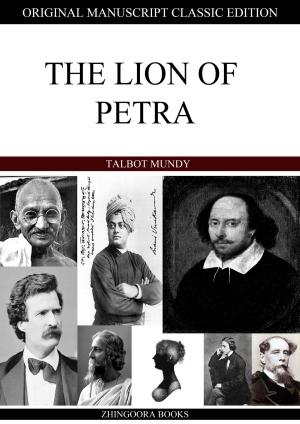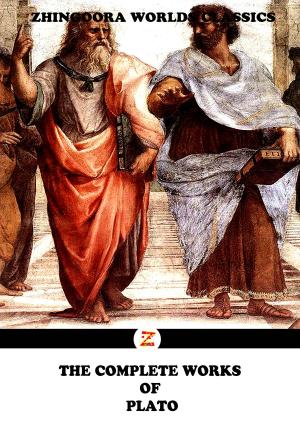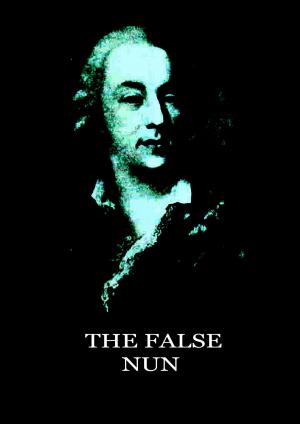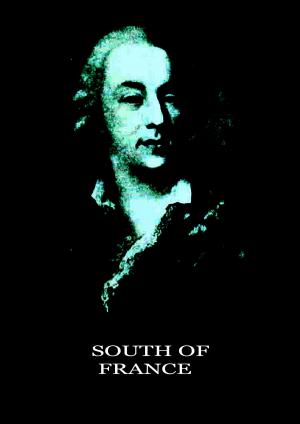| Author: | Various | ISBN: | 1230000032269 |
| Publisher: | Zhingoora Books | Publication: | November 21, 2012 |
| Imprint: | Language: | English |
| Author: | Various |
| ISBN: | 1230000032269 |
| Publisher: | Zhingoora Books |
| Publication: | November 21, 2012 |
| Imprint: | |
| Language: | English |
Christmas Summary Classics
This series contains summary of Classic books such as Emma, Arne, Arabian Nights, Pride and prejudice, Tower of London, Wealth of Nations etc. Each book is specially crafted after reading complete book in less than 30 pages. One who wants to get joy of book reading especially in very less time can go for it.
The Arabian Nights
Or, The Thousand and One Nights
There is as much doubt about the history of "The Thousand and One Nights" as that which veils the origin of the Homeric poems. It is said that a certain Caliph Shahryar, having been deceived by his wife, slew her, and afterwards married a wife only for one day, slaying her on the morning after. When this slaughter of women had continued some time he became wedded to one Shahrazad, daughter of his Vizir, who, by telling the Commander of the Faithful exciting stories and leaving them unfinished every dawn, so provoked the Caliph's curiosity that he kept her alive, and at last grew so fond of her that he had no thought of putting her to death. As for the authorship of the stories, they are certainly not the work of one mind, and have probably grown with the ages into their present form. The editions published for Christian countries do not represent the true character of these legends, which are often exceedingly sensual. The European versions of this extraordinary entertainment began in 1704 with the work of one Antoine Galland, Professor of Arabic at the College of France, a Frenchman who, according to Sir Richard Burton, possessed "in a high degree that art of telling a tale which is far more captivating than culture or scholarship." Sir R. Burton (see Vol. XIX) summed up what may be definitely believed of the Nights in the following conclusion: The framework of the book is purely Persian perfunctorily Arabised, the archetype being the Hazar Afsanah. The oldest tales may date from the reign of Al-Mansur, in the eighth century; others belong to the tenth century; and the latest may be ascribed to the sixteenth. The work assumed its present form in the thirteenth century. The author is unknown, "for the best reason; there never was one."
Christmas Summary Classics
This series contains summary of Classic books such as Emma, Arne, Arabian Nights, Pride and prejudice, Tower of London, Wealth of Nations etc. Each book is specially crafted after reading complete book in less than 30 pages. One who wants to get joy of book reading especially in very less time can go for it.
The Arabian Nights
Or, The Thousand and One Nights
There is as much doubt about the history of "The Thousand and One Nights" as that which veils the origin of the Homeric poems. It is said that a certain Caliph Shahryar, having been deceived by his wife, slew her, and afterwards married a wife only for one day, slaying her on the morning after. When this slaughter of women had continued some time he became wedded to one Shahrazad, daughter of his Vizir, who, by telling the Commander of the Faithful exciting stories and leaving them unfinished every dawn, so provoked the Caliph's curiosity that he kept her alive, and at last grew so fond of her that he had no thought of putting her to death. As for the authorship of the stories, they are certainly not the work of one mind, and have probably grown with the ages into their present form. The editions published for Christian countries do not represent the true character of these legends, which are often exceedingly sensual. The European versions of this extraordinary entertainment began in 1704 with the work of one Antoine Galland, Professor of Arabic at the College of France, a Frenchman who, according to Sir Richard Burton, possessed "in a high degree that art of telling a tale which is far more captivating than culture or scholarship." Sir R. Burton (see Vol. XIX) summed up what may be definitely believed of the Nights in the following conclusion: The framework of the book is purely Persian perfunctorily Arabised, the archetype being the Hazar Afsanah. The oldest tales may date from the reign of Al-Mansur, in the eighth century; others belong to the tenth century; and the latest may be ascribed to the sixteenth. The work assumed its present form in the thirteenth century. The author is unknown, "for the best reason; there never was one."

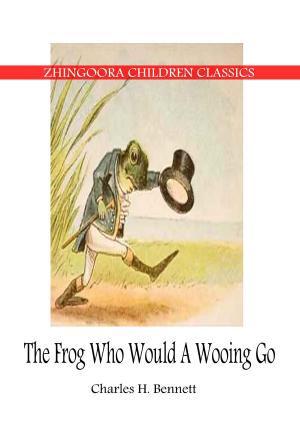

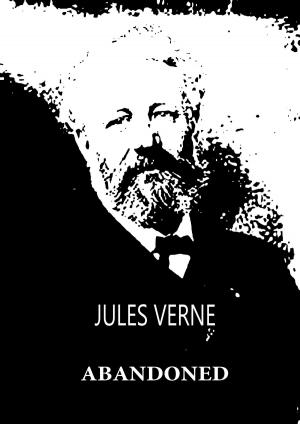
![Cover of the book Lorna Doone [Christmas Summary Classics] by Various](https://www.kuoky.com/images/2012/november/300x300/1230000032279-LMt4_300x.jpg)
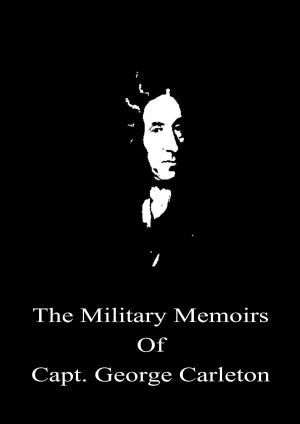
![Cover of the book A Christmas Mystery [Christmas Summary Classics] by Various](https://www.kuoky.com/images/2012/october/300x300/1230000024188-NakN_300x.jpg)

